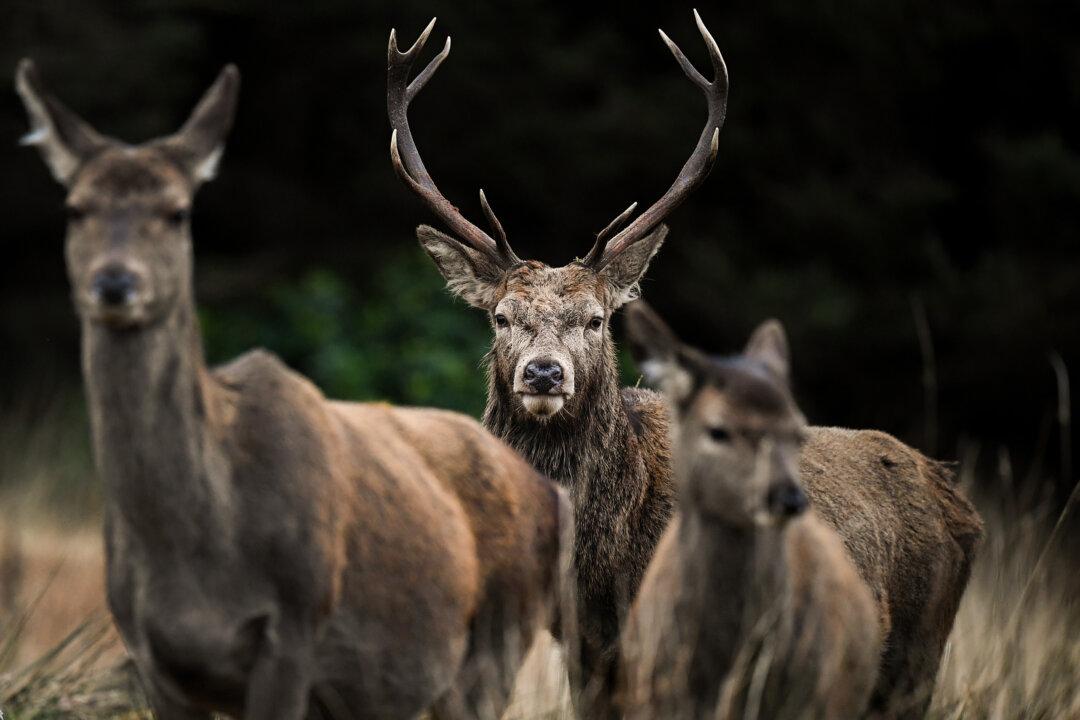While deer are listed as protected wildlife in Victoria, a new study has found that Australia’s largest feral deer species—the sambar deer—have been feasting on rare and threatened alpine plants and vegetation.
The research, conducted by James Cook and La Trobe universities, investigated the impact of sambar deer on Australia’s alpine ecosystems, which make up only 0.15 percent of the continent.





